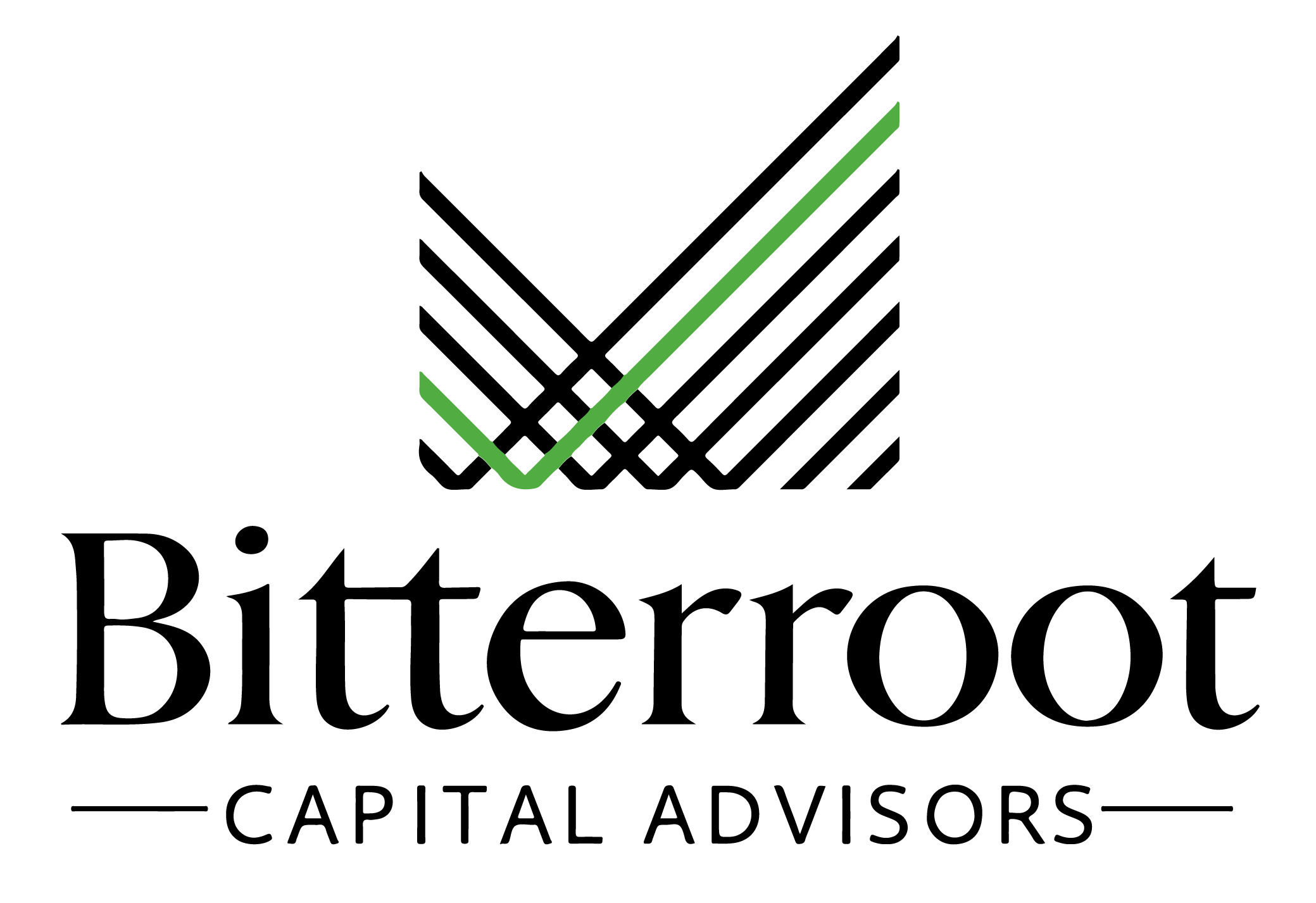Equity markets (ACWI Index) appreciated a robust 6.2% in Q2 and have rallied further since, with YTD gains of 16.7% through July 14, 2023. Global equities are now only 4.5% below 2021 highs.
US stocks (+8.6% in Q2 and +18.1% YTD) rallied the most benefitting from a) optimism in large-cap tech companies surrounding generative artificial intelligence (AI) and its potential effect on the technology ecosystem, especially following Nvidia’s impressive results and guidance towards the end of May, b) continued deceleration in headline and core inflation with especially noticeable declines in June inflation data, c) positive economic data surprises relative to expectations with strong consumer spending and employment data, and d) stabilization of the regional banking crisis that occurred in March.
S&P 500 equity valuations are elevated relative to history and investors are incorporating optimistic outlooks with regards to a soft landing, slowdown in inflation, and corporate earnings trajectory.
International equities performance was more muted as European economies slowed further and China’s post-COVID recovery appeared to stall in Q2. In USD terms, International developed stocks were up 3.0% in Q2 and 14.7% YTD. Emerging market equities were up 0.9% in Q2 and 9.4% YTD.
US Government and investment-grade corporate bonds modestly declined in Q2 as interest rates rose during the quarter following the abatement of the US regional bank crisis and better than expected economic data.
The Barclays US Aggregate Index was down 0.8% during Q2 with Treasuries down 1.4% and IG-bonds down 0.3%. The Aggregate Index is up 2.3% YTD.
High-yield bonds and leveraged loans (riskier corporate credit) were up 1.8% and 3.2% during Q2 and are now up 6.4% and 7.5% YTD.
Both high-yield bonds and leveraged loans benefitted from high current yields (especially leveraged loans) and from spread tightening.
Spreads have tightened despite emerging signs of credit stress (corporate bankruptcies reaching the highest levels YTD since the GFC). In fact, high-yield bond spreads of 380bps are now below historical averages (430bps) and are well-below the 800bps level normally seen during recessions.
Hedge funds were up 0.7% both in Q2 and YTD.
Equity hedge, credit, and global macro strategies performed best in Q2 (+2.1%, +1.3% and +2.8%) while merger arbitrage and event driven strategies performed worst (-1.8% and -2.8%).
Private equity proved resilient in 2022 and has likely experienced modest uplifts YTD in 2023.
Private equity managers report with a 90-to-120-day lag. As such, Q1 benchmark data is not yet available. Anecdotally, most PE firms are reporting increases of low-SD during Q1 with further modest appreciation likely in Q2.
New deal activity across buyout and growth equity strategies remains muted. However, valuation multiples have modestly contracted, and buyer / seller expectations are beginning to converge.
Private credit performed well through Q1 2023 (latest data available given lagged reporting).
The Cliffwater Private Credit Index was up 2.7% in Q1 as portfolios benefitted from high current yields with stable pricing.
The near-term outlook for existing funds is relatively positive. Increases in SOFR base rates has led to unlevered current yields of north of 10%. However, defaults and markdowns may increase and offset some of this return.
Private real estate pricing continued to decline in Q1 2023 although transaction volumes remain exceedingly low.
The NCREIF Index was down 1.8% in Q1 2023 (second consecutive quarterly decline). Cap-rates have continued to modestly increase.
Underlying property fundamentals remain strong across industrial properties but have stagnated for multi-family properties (although rents have increased recently after falling 5%+ from fall 2022 peak levels). Office fundamentals are generally under significant pressure except for the highest-quality, best location properties.

